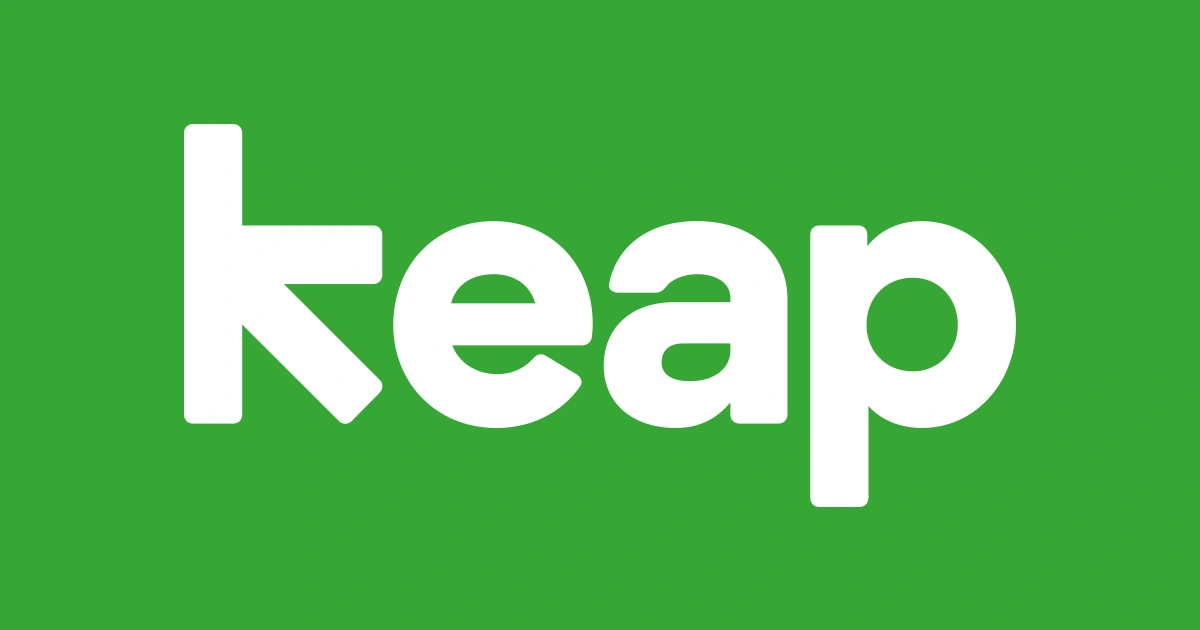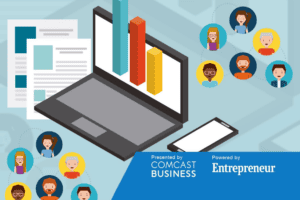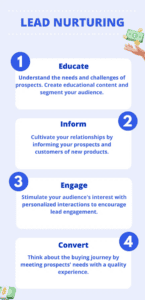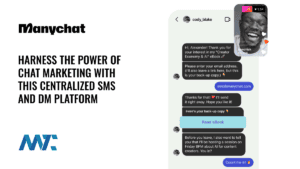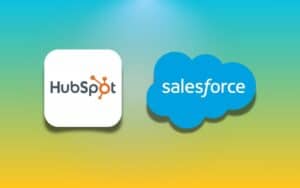Using Keap for Automated Email Campaigns: Boosting Small Business Engagement
Automated email campaigns can transform how small businesses interact with customers by creating timely, relevant, and personalized experiences. This guide provides a detailed look at using Keap to streamline email automation and maximize business results, from customer retention to new lead generation.
Using Keap’s powerful features, small businesses can easily create automated workflows, making customer communication more effective and time-efficient.
Introduction: Why Automate Email Campaigns?
For small businesses, every hour saved can directly impact the bottom line. Automated email campaigns allow companies to reach customers at key points in their journey without manual intervention. Keap’s email automation tools simplify this process, offering user-friendly templates, segmentation tools, and trigger-based workflows tailored to different customer needs.
1. Getting Started with Keap Email Automation
Setting up email automation with Keap involves a few straightforward steps:
- Set Up Contact Lists: Begin by organizing contacts based on criteria such as purchase history, engagement level, or demographics.
- Define Campaign Goals: Whether it’s to nurture leads, re-engage customers, or announce new products, setting clear objectives will ensure the campaign meets your business goals.
- Use Templates: Keap provides pre-made templates for emails, so businesses don’t need to create campaigns from scratch.
2. Key Features of Keap’s Automated Email Campaigns
Keap offers several tools to enhance automated email campaigns, each designed to optimize communication and engagement.
Customizable Workflows
Keap lets users design workflows based on various triggers, such as a new lead signup or an abandoned cart. These workflows keep communications timely and relevant, which is essential for maintaining customer interest.
Behavioral Triggering
Keap’s automation lets businesses send emails based on customer actions, like a purchase or a click. This targeted approach improves engagement rates by reaching customers at the right moments.
Personalized Content
Businesses can leverage Keap’s personalization options, which include adding customer names, product suggestions, or past order details in email messages. Personalized emails have proven to increase open and click-through rates.
3. Building Your First Email Campaign
Here’s a step-by-step guide to setting up a simple welcome email campaign in Keap:
- Choose the Trigger: Set up a trigger, such as a new contact added to the list.
- Design the Email: Select or customize a welcome email template.
- Add Delay and Follow-Up: Set a delay (e.g., 24 hours) before sending a follow-up email with more information about the business.
- Test the Workflow: Run tests to ensure emails are sent as expected and that links and CTAs work.
This simple automation establishes a positive first impression and provides new leads with value from the start.
4. Segmenting Your Audience for Targeted Campaigns
Effective email automation depends on strong audience segmentation. Keap makes it easy to divide contacts into segments, allowing businesses to send more relevant messages.
- New Leads: Use a welcoming series that introduces them to your brand and offerings.
- Repeat Customers: Create loyalty campaigns with special offers or early product access.
- Inactive Subscribers: Send re-engagement emails with incentives to bring them back.
5. Maximizing Engagement with A/B Testing
A/B testing is essential for refining automated email campaigns and improving results over time. Keap’s platform allows users to test various elements, such as:
- Subject Lines: Discover which phrasing captures attention.
- Send Times: Identify optimal delivery times for higher open rates.
- CTA Placement: Learn which placements encourage more clicks.
The insights gathered can improve future campaigns, driving more conversions with each iteration.
6. Nurturing Leads with Drip Campaigns
Drip campaigns are sequential, automated emails designed to guide leads from awareness to decision stages. In Keap, users can set up drip campaigns to:
- Educate: Send informative content, such as guides or case studies.
- Build Trust: Include testimonials, client success stories, and reviews.
- Encourage Action: Add CTAs leading to product pages, consultations, or signups.
These campaigns are particularly useful for long sales cycles, helping leads gain familiarity with the brand before committing.
7. Integrating Keap with Other Tools for Enhanced Automation
Keap’s integration capabilities expand its functionality and improve automated email campaigns by connecting with tools like:
- Zapier: Automate tasks between Keap and thousands of other applications.
- QuickBooks: Automatically sync customer invoices and payment statuses.
- Calendly: Send automated appointment confirmations or reminders for booked meetings.
These integrations help centralize and streamline business operations, making campaigns more efficient.
8. Real-Life Scenario: Using Keap for Event Marketing
Imagine a small business hosting a webinar for product training. Using Keap, the team can set up an automated email sequence to manage the event marketing process:
- Pre-Event Reminders: Remind registrants of the event with a “Save the Date” email.
- Post-Event Follow-Up: Automatically send a thank-you email with a link to watch the recorded session.
- Feedback Request: Ask attendees to share feedback, which can be automated to improve future events.
This approach saves the business significant time while keeping customers engaged at each event stage.
FAQs
How do I create automated email campaigns with Keap?
You can set up automated email campaigns by selecting a trigger, designing the email, and setting actions within Keap’s campaign builder.
What types of businesses benefit from Keap email automation?
Small businesses in e-commerce, consulting, or service industries benefit most from email automation, especially those seeking to engage, retain, and nurture leads.
How much customization is possible with Keap’s email automation?
Keap provides customizable workflows, email templates, and segmenting options, allowing users to tailor campaigns to suit their specific needs.
Is Keap email automation scalable as my business grows?
Yes, Keap offers scalable options, making it adaptable to growing needs, though high-volume businesses may need to consider add-ons for more advanced features.
Can Keap’s email automation integrate with my other business tools?
Yes, Keap integrates with various business tools, including accounting software, scheduling tools, and lead capture systems, which enhance automation’s efficiency.
Top Tools to Simplify and Scale Your Business
- Keap: Excellent for small business CRM and email automation with personalized, segmented messaging.
- ActiveCampaign: Combines email marketing and CRM, ideal for businesses with complex automation needs.
- MailerLite: A cost-effective choice for simple email marketing and automation.
- HubSpot: Offers free CRM with advanced automation options for small to large businesses.
- ConvertKit: Built for content creators, providing automation and email marketing tools to help with engagement and lead nurturing.
Keywords: email automation, Keap CRM, small business email marketing, automated email campaigns, lead nurturing, audience segmentation, workflow automation, Keap vs. HubSpot

